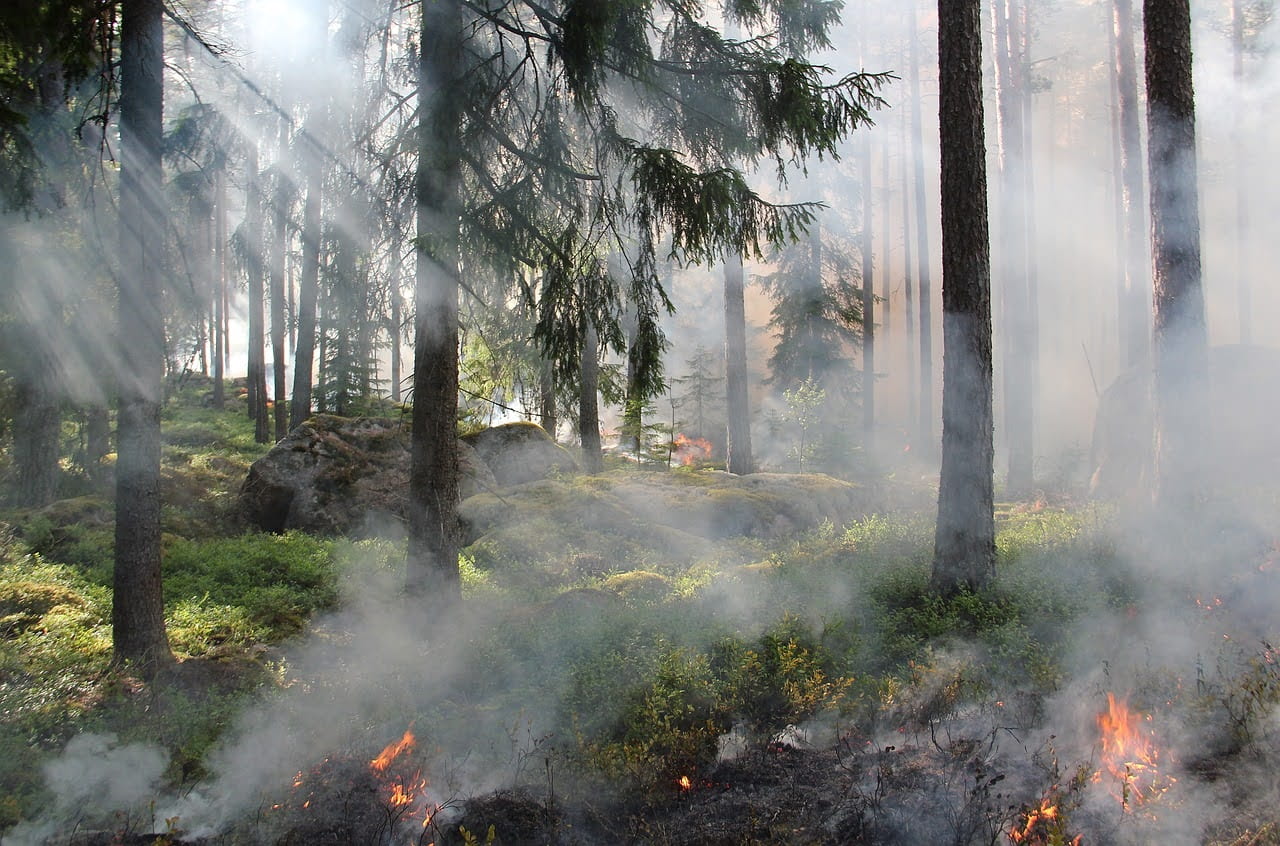Do Carbon Credits Actually Offset Carbon Emissions? A Brief Look into the Carbon Credit Industry
Carbon credits are everywhere. From airlines to governments to clothing brands, entities are able to purchase carbon credits to offset their carbon emissions, often to meet climate goals or claim carbon neutrality. On the surface, it seems promising–in order to get much needed funding for environmental projects, private companies can offset their emissions with the click of a button. But is this system too good to be true?
To begin, it’s important to know the basics of what carbon credits are and how they work. Corporations, governments, or ordinary people, usually in the Global North, can purchase credits, and the money will go to projects that remove carbon from the atmosphere or prevent carbon from being emitted, usually in the Global South. These projects can include planting trees, conserving forests that would otherwise be cut down, or investing in technologies such as renewable energy and landfill gas captures(1).

Image credits: https://www.davy.ie/market-and-insights/insights/marketwatch/2021/july-2021/what-are-carbon-credits.html
In this post, I will be focusing specifically on projects that aim to remove carbon from the atmosphere by preventing deforestation that would have occurred without this project. These projects have garnered the most criticism because the amount of carbon they capture is extremely hard to prove. The idea is that the money from the carbon credits is used to fund programs to prevent deforestation. Many of these projects rely on changing the agricultural practices of Indigenous communities to be more sustainable, such as providing cooking stoves to villagers as an alternative to open fires, which require twice as much wood(1). It is impossible to predict exactly how much of a forest is saved by a project like this because it requires a counterfactual–if this project hadn’t happened, what would’ve happened to the forest? To combat this, certifiers rely on reference regions, which are nearby, similar regions of forest where the program does not take place. To make sure that the predictions of carbon saved is correct, certifiers compare the project region with the reference region periodically. However, issues emerge when the rate of forest loss in the reference region is lower than predicted(2). Another issue is that if deforestation is driven out of one area, it can just occur in another, unprotected area(2).
A 2022 investigation by the Guardian, a German publication called Die Zeit, and a non-profit investigative journalism organization called SourceMaterial looked into the climate credits certified by Verra, the world’s leading certifier of carbon offset credits. They observed the project regions and reference regions and found that the baseline scenarios of forest loss expected in the reference areas were overstated by 400%(3). It also found that for rainforest conservation projects specifically, 94% of the credits certified by Verra had no benefit to the climate(3).
Additionally, there have been human rights concerns associated with these projects, which often do not include the input of the Indigenous communities(2). The Guardian investigated a project in Peru, in which residents faced forced evictions and home demolitions due to the program(3). These projects, by their very nature of changing subsistence agricultural practices, can have negative effects on local communities, including food shortages(2).
This post only scratches the surface of the topic of carbon offset credits, but it is important to be skeptical of climate solutions that seem easy or too good to be true, especially ones that take the burden of carbon emission reduction off of governments and corporations in the Global North and place it on the Global South.
(1) https://www.vox.com/23817575/carbon-offsets-credits-financialization-ecologi-solutions-scam
(2) https://www.newyorker.com/magazine/2023/10/23/the-great-cash-for-carbon-hustle
(3) https://www.theguardian.com/environment/2023/jan/18/revealed-forest-carbon-offsets-biggest-provider-worthless-verra-aoe


